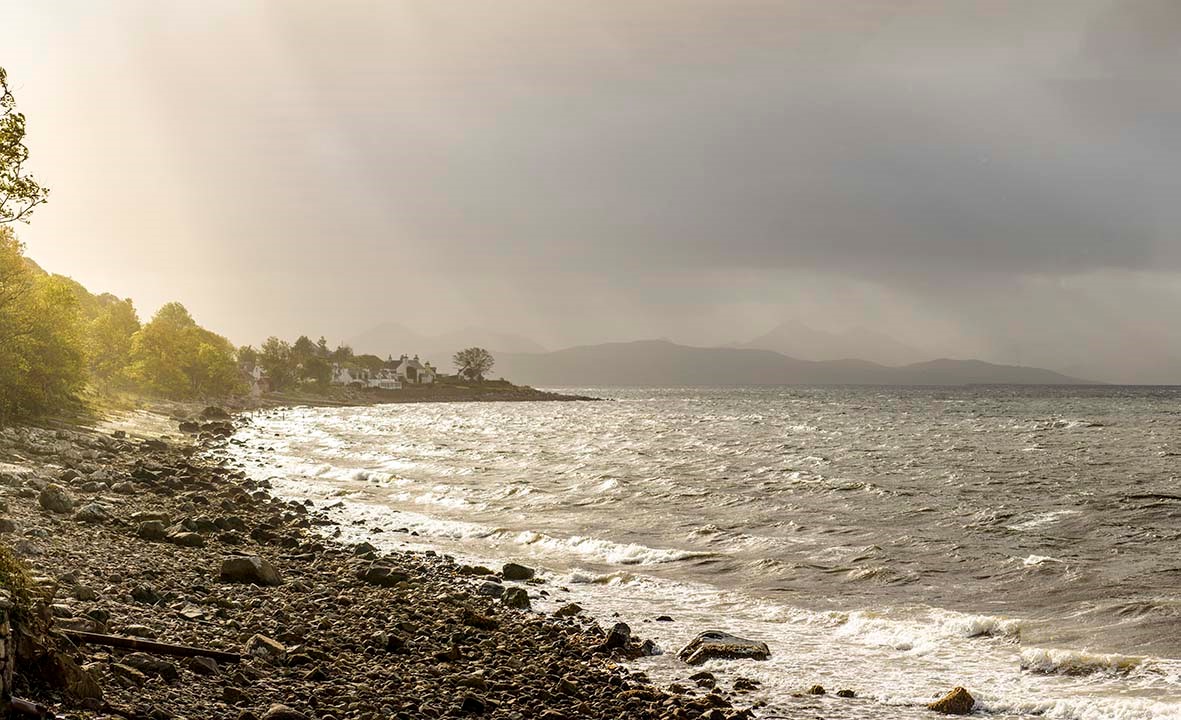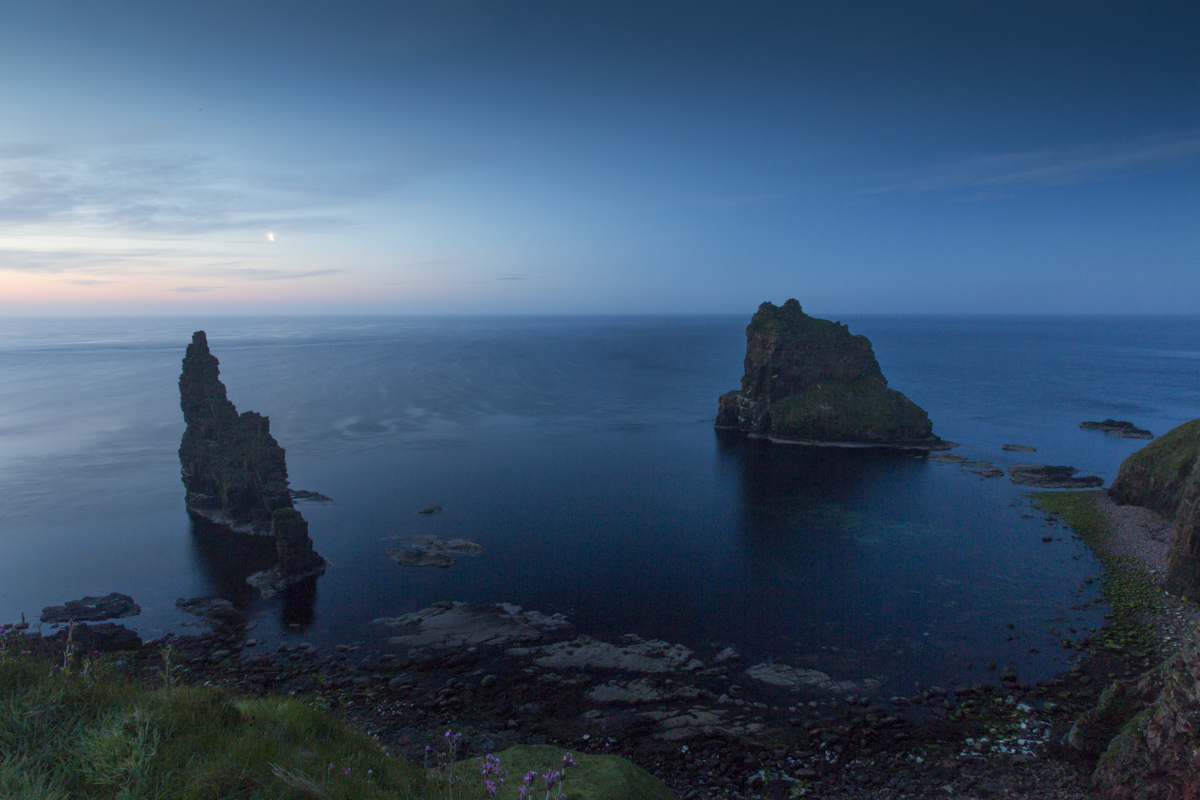Tidal power impact on marine wildlife ‘significantly lower than predicted’

06.03.2020
As questions are asked about the impact of turbine blades on marine wildlife, scientists have developed a sophisticated fish collision model for the burgeoning tidal power industry. The model, developed by HR Wallingford, predicts collision rates more accurately than ever before by incorporating the real swimming behaviours of different species of fish for the first time. The journal of ‘Renewable Energy’ has just published a study using the model, which predicts hit-rates for silver eels at Strangford Loch near Belfast and shows how the technique can be used in the real world.
A haven for wildlife with over 2,000 species recorded, Strangford Loch is one of the highest ranking locations for marine biodiversity in Europe and a migration route for over 15,000 adult European Eels (silver eels). It is also a tidal hotspot and was the site of the world’s first commercial-scale marine turbine project, SeaGen. Installed as a pilot project between 2008 and 2019, SeaGen worked like an underwater windmill generating electricity forup to 1,500 homes in Northern Ireland. The combination of these factors made it the ideal location to test the new model.

Dr Tom Benson, project manager at HR Wallingford, said: “Our study looked at the collision rates for silver eels swimming through Strangford Loch as they migrate from the river to the sea. There is plenty of evidence to show that eels swim near the surface at night and deeper in the daytime. Using this information, we were able to demonstrate that just 1.1% of silver eels would have collided with the SeaGen turbines, significantly lower than predictions using older methods. In the future, we also hope to include the effect of fish actively avoiding turbine blades.”
Rémi Gruet, CEO of industry body Ocean Energy Europe, said: “This study offers yet more evidence that ocean energy can develop in harmony with marine wildlife. It reinforces existing research showing that tidal turbines do not represent a threat to fish or mammal populations.
“The ocean energy sector will continue its rigorous environmental monitoring programmes to ensure it keeps little to no impact on marine flora and fauna, even as more devices are put in the water.”
The fish modelling project is funded by HR Wallingford’s own research programme, which invests the organisation’s profits to find leading-edge solutions to water-related challenges. The research builds on previous HR Wallingford work showing how fish react to underwater acoustics (noise) caused by human activity.

